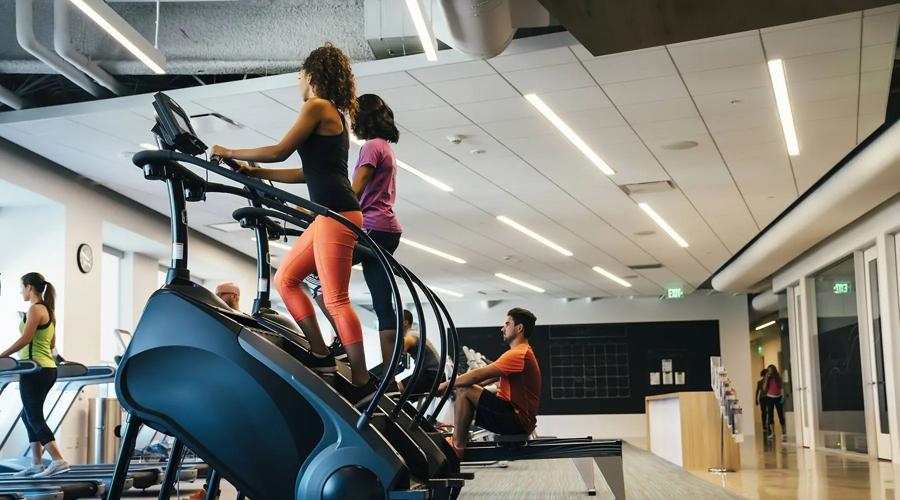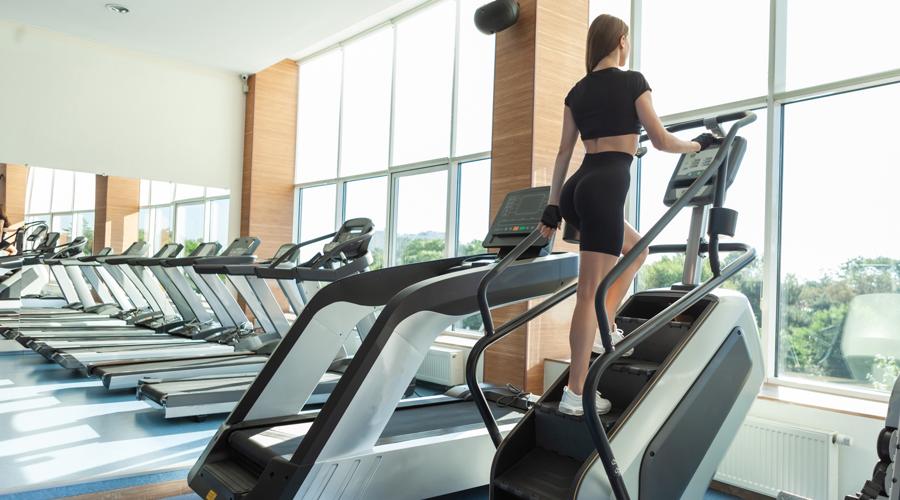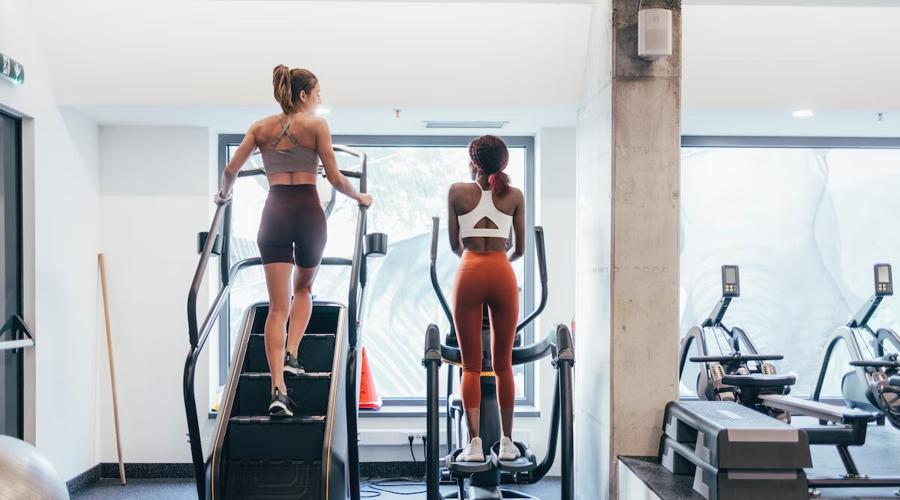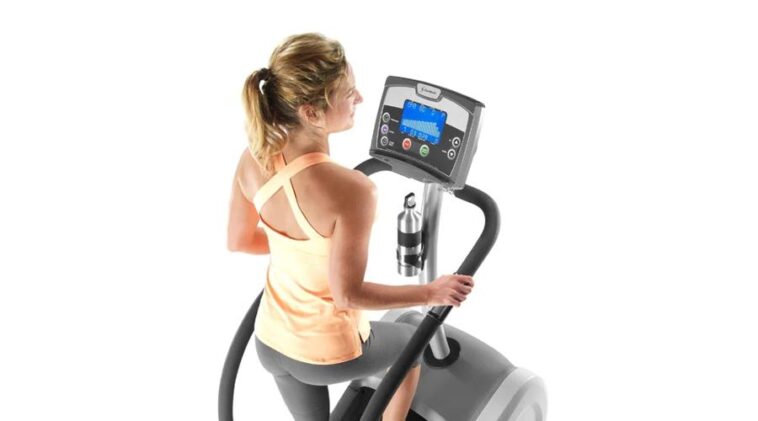Boosting your endurance with a 30-minute Stairmaster workout plan can be an effective way to increase your cardiovascular fitness and improve your overall health. Here’s a plan to help you get started:
Warm-up: Start with a 5-minute warm-up by walking or jogging on the treadmill or elliptical machine at a moderate pace.
The Stairmaster isn’t just another cardio machine collecting dust at the gym—it’s one of the most effective tools for building endurance, strengthening your legs, and torching calories in a short amount of time. If you’ve only used it for a quick warm-up, it’s time to give it a dedicated place in your training plan. Below is a complete 30-minute Stairmaster workout designed to push your limits and get real results.
30-Minute Stairmaster Endurance Plan
Warm-Up (5 minutes): Start with light movement—walking or a gentle jog on the treadmill or elliptical. Then hop on the Stairmaster for 2 minutes at low intensity to let your legs adjust.
Intervals (10 minutes): Alternate 30 seconds fast pace with 30 seconds recovery pace. Keep your posture upright, core tight, and avoid leaning heavily on the rails.
Steady Climb (10 minutes): Set the machine to a moderate pace that challenges your breathing but still allows you to keep moving without breaks.
High-Intensity Push (5 minutes): Crank up the speed or resistance. Expect heavy breathing and leg burn—this is where endurance is built.
Cool-Down (3 minutes): Dial it back to an easy pace, letting your heart rate gradually return to normal.
Stretch (5 minutes): Focus on calves, quads, hamstrings, and glutes to prevent tightness and improve recovery.
Tip: Drink water before, during, and after your session. Hydration makes a huge difference in performance.

What Is a Stairmaster Workout?
A Stairmaster simulates stair climbing with revolving steps. The constant upward motion forces your glutes, quads, hamstrings, and calves to work harder than on most cardio machines. Unlike running, it’s low impact, which makes it easier on the joints.
You can adjust resistance and speed to fit your level, or mix in intervals for a metabolic challenge. Some lifters even hold light dumbbells for upper-body work, but beginners should master form first.
🔗 Learn more: Benefits of Low-Impact Cardio.
External read: American Council on Exercise – Stair Climbing Benefits.
How Long Should a Stairmaster Workout Be?
For most people, 20–30 minutes is plenty. If you’re new, start with 10–15 minutes and build up as your legs adapt. Advanced athletes can stretch to 45–60 minutes or add the Stairmaster into circuit training.
Consistency beats marathon sessions. Three solid workouts per week will make a bigger difference than one long grind.
Why 30 Minutes Works
-
Cardio boost: Elevates your heart rate and strengthens your cardiovascular system.
-
Leg strength: Targets the biggest muscle groups for power and definition.
-
Calorie burn: Expect 200–400 calories burned depending on your pace and body weight.
-
Low impact: Easy on knees and hips compared to running or plyometrics.
Also see: Harvard Health – Calories burned in 30 minutes.

Using the Stairmaster for Weight Loss
Yes, it works—but only if paired with smart eating. To maximize fat loss:
-
Push intensity with intervals
-
Extend sessions to 45+ minutes as your fitness grows
-
Stay consistent (3–5 sessions weekly)
-
Rotate stair patterns and resistance to keep muscles guessing
-
Combine with a balanced diet rich in lean protein, vegetables, and whole grains
Remember: You can’t out-train a poor diet. Nutrition and training must work together.
Leg Toning Benefits
Every step recruits your glutes, quads, hamstrings, and calves. Increasing resistance adds a strength component, helping build lean muscle while stripping fat. Pair it with lunges, squats, and step-ups for maximum results.
Frequency
-
Beginners: 2–3 times/week
-
Intermediate/Advanced: 3–5 times/week
-
Always schedule recovery days—your muscles need time to adapt and grow.

How to Use the Machine Safely
-
Adjust resistance and speed before stepping on.
-
Keep your body upright—don’t hunch forward.
-
Use handrails for balance, but don’t lean your weight.
-
Increase intensity gradually.
-
Watch the digital display for heart rate and calorie estimates.
Making It Harder
-
Speed up the steps
-
Increase resistance
-
Try intervals (fast bursts with recovery)
-
Add incline (if available)
-
Incorporate light upper-body movements like bicep curls
If You Have Knee Issues
Be cautious—stepping can stress weak knees. If discomfort arises:
-
Lower resistance and duration
-
Use handrails for light support
-
Try alternative cardio like cycling, rowing, or swimming
-
Always check with your doctor or physical therapist first

Conclusion
A 30-minute Stairmaster session is one of the most efficient workouts you can do for endurance, strength, and calorie burn. Keep your training consistent, vary the intensity, and combine it with smart nutrition. Over time, you’ll notice stronger legs, improved cardio capacity, and greater stamina for both workouts and everyday life.
How do I avoid injury during a stairmaster workout?
To avoid injury during a stairmaster workout, start with a low intensity level and gradually increase over time, maintain good posture, and listen to your body.
Is a warm-up necessary before a stairmaster workout?
Yes, it’s recommended to do a warm-up before a stairmaster workout to prevent injury and prepare your body for exercise.
What are some cool-down exercises I can do after a stairmaster workout?
Cool-down exercises after a stairmaster workout can include stretching the legs, hips, and lower back.
Can I do a stairmaster workout if I’m pregnant?
It’s best to consult with a doctor before doing a stairmaster workout if you’re pregnant.
How do I incorporate a stairmaster workout into my fitness routine?
You can incorporate a stairmaster workout into your fitness routine by adding it as a cardio or lower body workout on 2-3 days per week.



